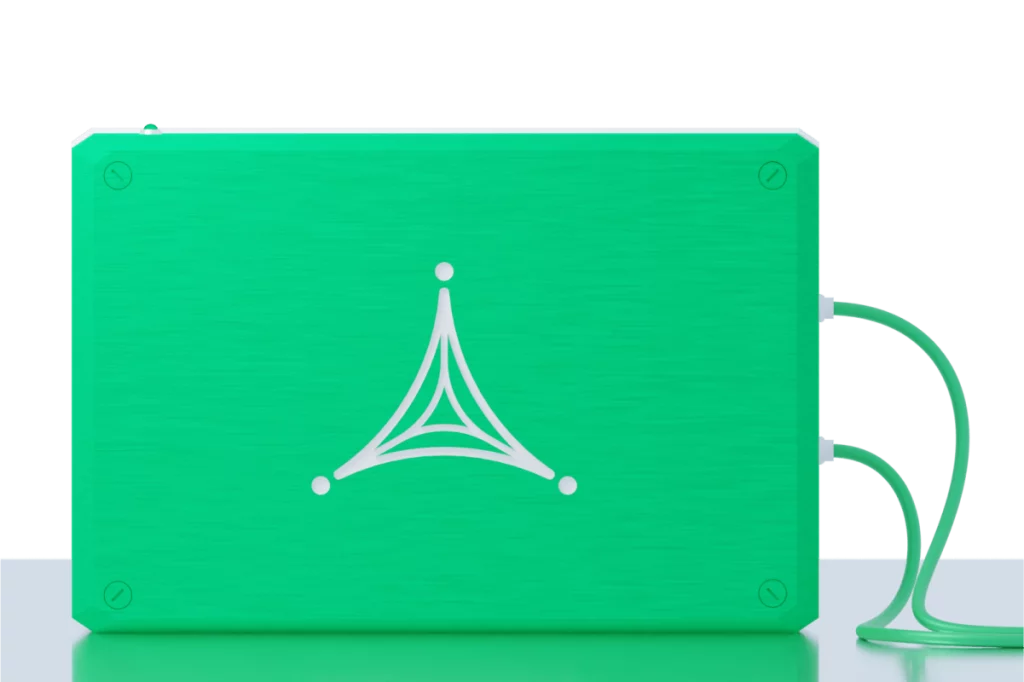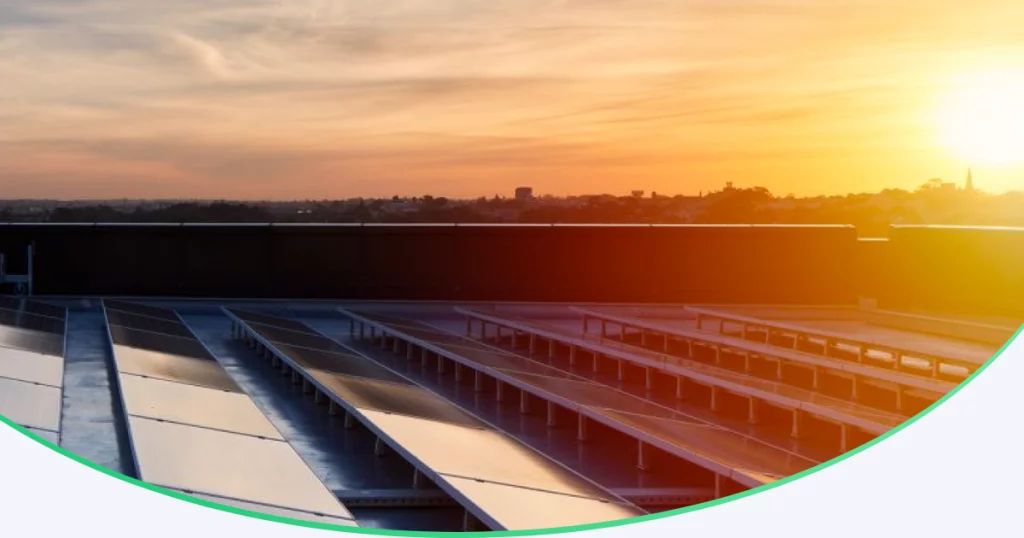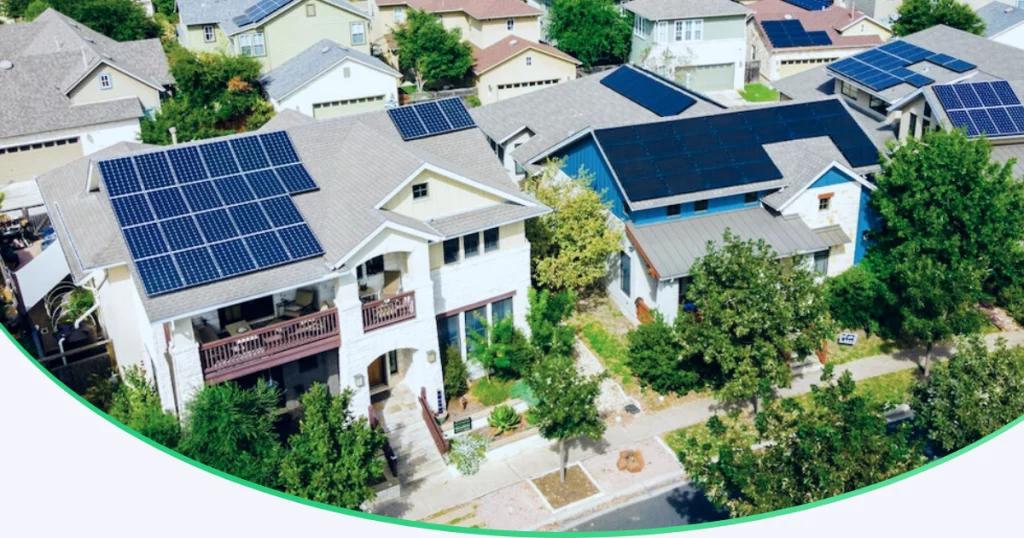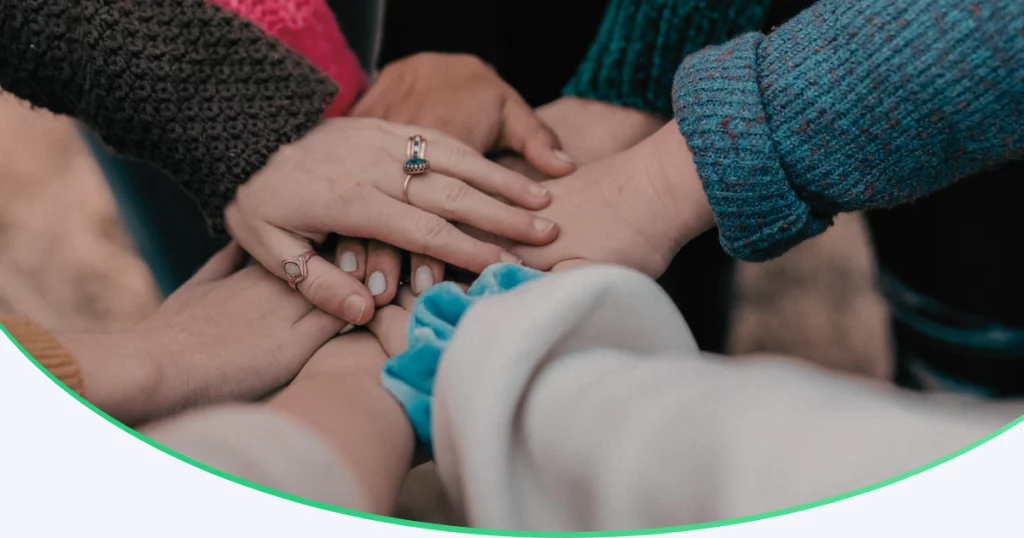Lead the Way in Sustainability.
Join the growing number of Towns who take Climate Action into their own hands.
Start a Renewable Energy Community for local Residents, Businesses, and Institutions.
Trusted by:
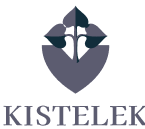
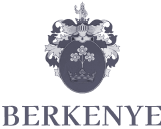


Be Part of the Solution.
Electricity Generation is moving into Communities.
rising.eco’s technology provides smart distribution and storage for local energy communities. Members save cost while helping to reduce the need for fossil fuel power plants.

A complete Product.

Get ready for the Future.
The future of electricity is distributed. By 2030, the EU aims to supply 21% of total electricity from Renewable Energy Communities.
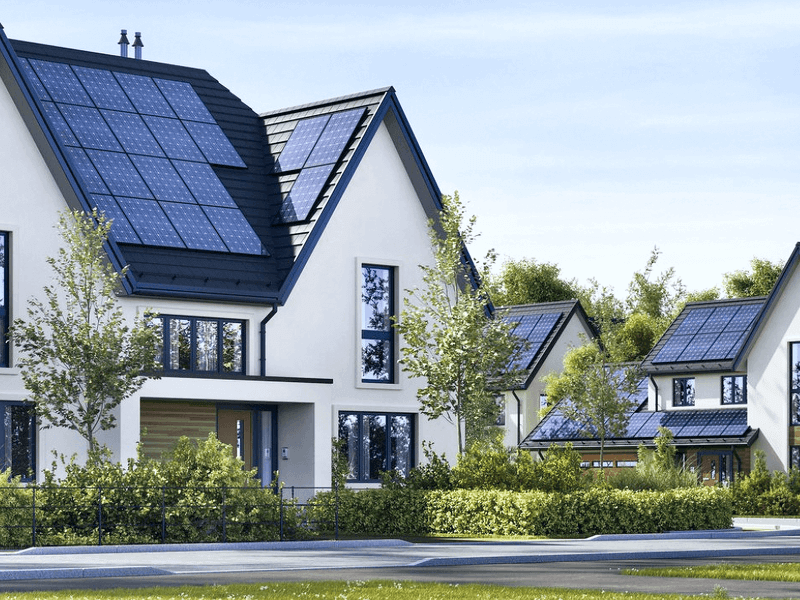
More affordable and predictable electricity for everyone.
Our automated software optimizes the distributes and stores of electricity between members. They for an intelligent peer-to-peer network, which allows us to balance between production and consumption.

Lead the Way.
Bring your community closer together and show an example for your citizens and other municipalities.
Partners who trust us.










F.A.Q.
Questions? We got you covered.
